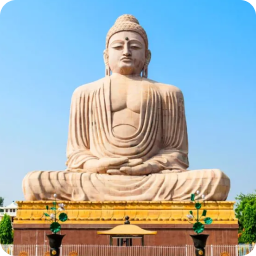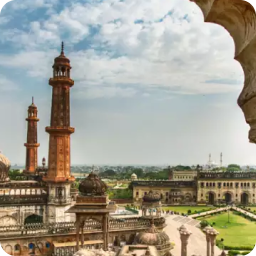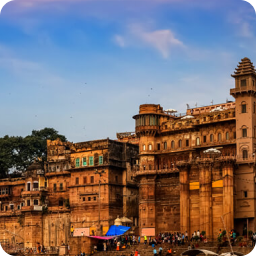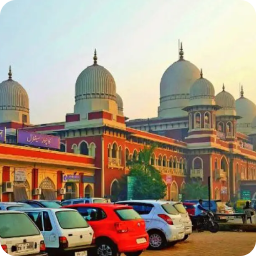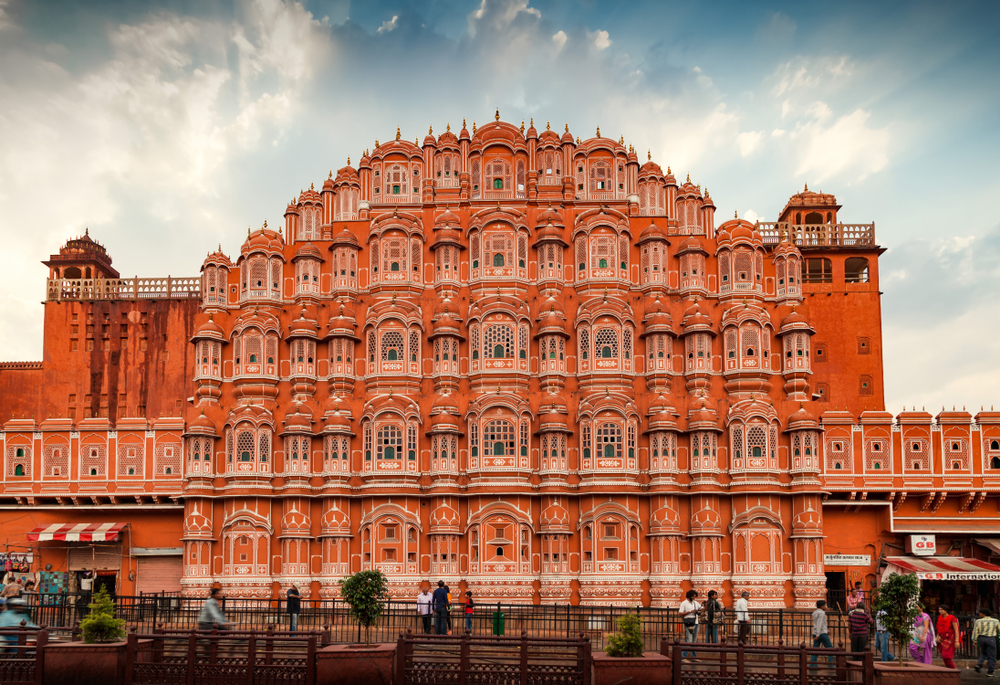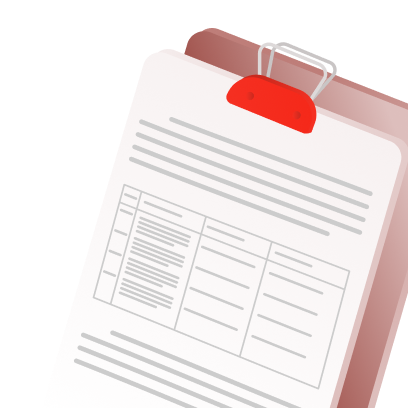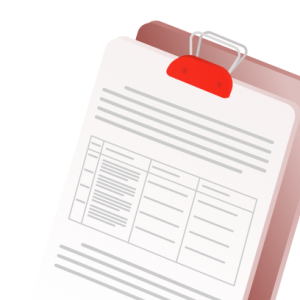Parliamentary System: Features, Merits and Distinctions from the British Model |
Parliamentary System: Articles, Principles, and the Westminster Model in India
India follows a parliamentary system of government, also known as a Cabinet government, responsible government, or Westminster type of government. At the Centre, this system is defined by Articles 74 and 75 of the Constitution, while in the States, it is governed by Articles 163 and 164. This system ensures that the executive branch is accountable to the legislature, with the Prime Minister and the Council of Ministers being responsible for running the government and making decisions on behalf of the country.
The parliamentary system emphasizes collective responsibility, democratic governance, and the central role of the elected legislature in holding the executive accountable.
Features of Parliamentary and Presidential Governments in India and the United States
| PARLIAMENTARY GOVERNMENT | AMERICAN PRESIDENTIAL GOVERNMENT |
| Nominal & Real (Dual) Executives:
• President: Nominal executive (de jure), Head of State • Prime Minister: Real executive (de facto), Head of Government. • Council of Ministers headed by the PM to aid & advise the President. • Advice is binding on President (42nd & 44th amendment) |
American President: Both head of State & Head of Government |
Majority Party Rule:
|
|
Collective Responsibility:
|
|
Political Homogeneity:
|
|
Double Membership:
|
|
Leadership of PM:
|
—– |
Dissolution of Lower House:
|
|
Secrecy:
|
—– |
| Fusion of powers. | Separation of powers. |
Merits and Demerits of the Parliamentary System.
| MERITS | DEMERITS |
Harmony between legislature & Executive:
|
Unstable Government:
|
Responsible Government:
|
No Continuity in Policies:
|
Prevents Despotism:
|
Dictatorship of Cabinet:
|
Ready Alternative Government:
|
Against Separation of Powers:
|
Wide Representation:
|
Government by Amateurs:
|
Factors Influencing the Adoption of the Parliamentary System in India
- Familiarity with the System: Indians were already familiar with the parliamentary system due to British rule
- Preference for More Responsibility: The parliamentary system ensures greater accountability and responsibility of the executive to the legislature.
- Avoiding Legislative-Executive Conflict: Unlike separation of powers seen in the USA. The parliamentary system minimizes conflicts between the legislature and executive,
- Accommodating India’s Diversity: Given the heterogeneous nature of Indian society, with its linguistic, religious, and ethnic diversity, the parliamentary system offers wider representation.
Understanding the Differences: Indian vs. British Parliamentary Systems
| INDIAN MODEL | BRITISH MODEL |
| Republican System: Head of State (President) is indirectly elected. | Monarchical System: Head of State (King/Queen) is hereditary. |
| Constitutional supremacy | Parliamentary sovereignty |
| The PM may be a member of any of the houses. | The PM should be a member of the Lower House. |
| A person who is not a member of any house can be appointed as minister, but only for six months. | Usually members of parliament are appointed as ministers. |
| No system of legal responsibility of ministers. Ministers are not required to countersign the official acts. | System of legal responsibility of the minister. Ministers are required to countersign the official acts. |
| No Shadow Cabinet | Shadow Cabinet by opposition: to balance the ruling cabinet and prepare its members for future ministerial office. |
Conclusion
The parliamentary system in India, inspired by the British model, ensures a responsible and representative government. It fosters cooperation between the executive and legislature, accommodates India’s diverse society, and avoids conflicts seen in systems with strict separation of powers. Despite its challenges, this system provides stability and democratic accountability essential for the country’s governance.








